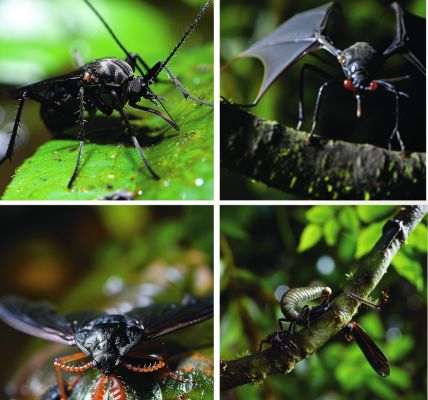Viruses have traditionally been named after the places or animals they were first discovered in, but now scientists are working to bring order to the chaos of virus naming.
In the late 16th Century, a new infectious disease emerged across various regions like Philadelphia, Puerto Rico, Java, and Cairo. This illness, characterized by fever and severe body pains, was referred to as ‘break-bone fever’ or ‘quebranta huesos’ in Latin America.
Around 1801, an outbreak in Madrid affected the Queen of Spain, María Luisa de Parma, who named the disease ‘dengue’ as she recovered. Dengue fever is caused by four closely related viruses known as flaviviruses, transmitted by Aedes aegypti and Aedes albopictus mosquitoes in tropical regions.
In the first four months of 2024, over 7.6 million dengue cases and 3,000 deaths were reported to the World Health Organization (WHO), surpassing the total cases in 2023. By July 2024, WHO recorded 9.6 million cases and 5,366 deaths globally, marking the highest incidence on record.
The incidence of dengue has surged in the last five years due to climate change and the El Niño pattern, creating favorable conditions for mosquito transmission. The virus is now actively spreading in 90 countries, with a significant rise in cases reported in the Americas.
In June 2024, the Centers for Disease Control and Prevention (CDC) issued a health alert regarding the increased risk of dengue virus infections in the US. The warmer climate has enabled dengue-carrying mosquitoes to expand their habitat, leading to a higher disease transmission rate.
The renaming of viruses reflects the evolving understanding of these pathogens and aims to streamline their identification and classification. By adopting systematic naming conventions, scientists hope to enhance clarity and consistency in the field of virology.





